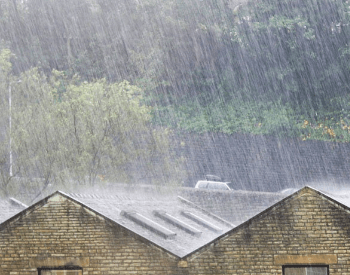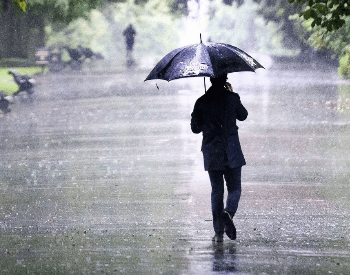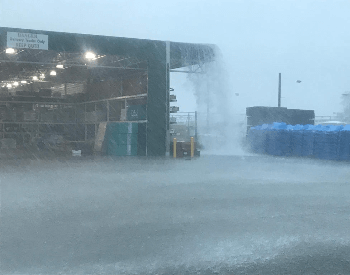
This web page contains rain facts for kids and is a great resource for anyone of any age researching rain. Our goal is to provide you with the latest and most accurate rain facts from scientific sources. In addition to rain facts, you’ll find some pretty rain pictures and additional resources for researching rain.
The cloud facts listed below will help you learn what rain is, how fast rain travels, some of the past historic rainfall amounts, how meteorologists estimate rainfall amounts and other useful facts about rain. We hope these facts about rain are helpful and help you learn more about this important meteorological event.
If any of the below rain facts are inaccurate, please contact us and let us know.
19 Rain Facts for Kids
- Rain is liquid water that falls from a cloud in the form of droplets.
- Rain is one of the six main types of precipitation.
- The three most common type of rain clouds are cirrus, cumulus and stratus clouds.
- Most freshwater deposits on our planet come from rain.
- Rain is a key component in the Earth’s water cycle.
- One droplet of water spends on average around eight days in suspension before falling back to Earth as rain.
- A forest that receives between 98 and 177 inches (2,500 to 4,500 mm) of rain each year is called a rainforest.
- The majority of the Earth’s rainforests are found in South America, Africa and Asia.
- Meteorologists can estimate how much it will rain using weather radar.
- Meteorologists can measure the actual amount of rainfall using a rain gauge.
- Small raindrops travel at about 4.5 mph (7.2 km/h), while large raindrops can travel up to 20 mph (32 km/h).
- Acid rain, termed by Robert Augus Smith in 1952, is rain with a low pH level.
- Heavy amounts of rain in short periods of time are associated with thunderstorms and hurricanes.
- Heavy amounts of rain can cause flash flooding in a short period of time.
- Even though Antarctica has all that ice, it receives little rainfall, making it the driest continent on Earth.
- The record for the most rain to fall in one minute goes to Unionville, Maryland, on July 4th, 1956, 1.23 inches (31.2 millimeters) of rain fell in 60 seconds.
- The record for the most rain to fall in one hour goes to Holt, Missouri, on June 22nd, 1947, 12 inches (305 millimeters) of rain fell in 60 minutes.
- The record for the most rain to fall in 24 hours goes to Cilaos, Réunion, on January 7th to 8th, 1966, 71.9 inches (1,825 millimeters) of rain fell during Tropical Storm Denise.
- The record for the highest rainfall in a year goes to Cherrapunji, Meghalaya, India between 1860 to 1861. 1,042 inches (26,470 millimeters) of rain fell in a 365-day period.
Rain Pictures



Additional Resources for Rain Research
- Stunning Facts About Rain – Get more rain facts for kids on The Weather Channel’s website.
- Rain – Wikipedia – Learn more about rain and other types of precipitation on Wikipedia.
- Advanced Hydrologic Prediction Service – See rain and other precipitation predictions on the National Weather Service website.
